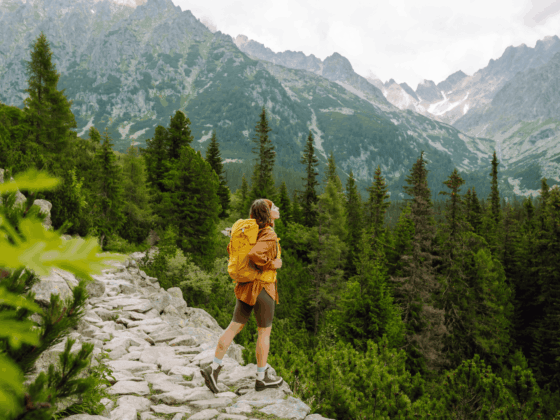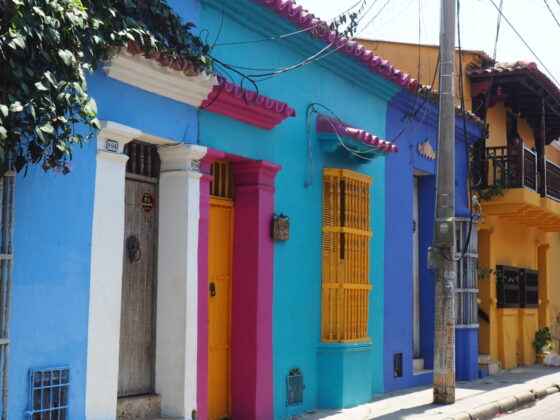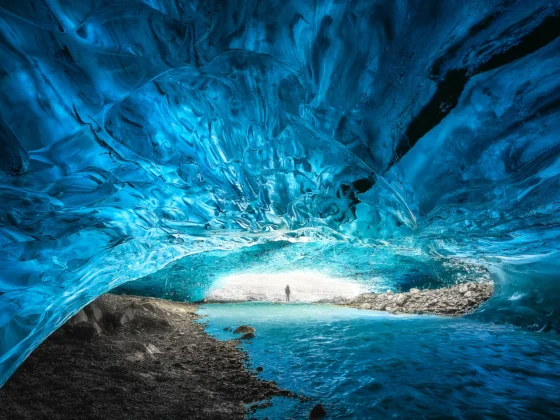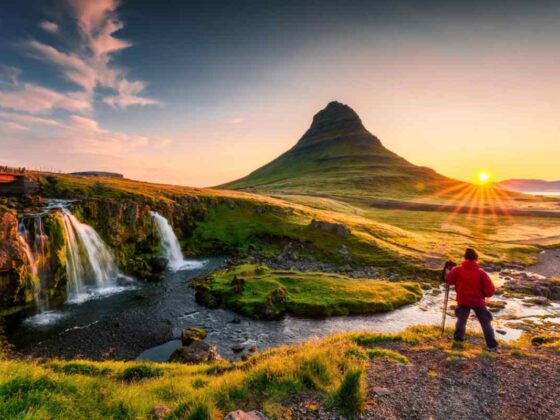From sky-high peaks to ancient forests and surreal landscapes, the natural world is filled with awe-inspiring places that leave us speechless. These breathtaking wonders remind us just how incredible—and powerful—our planet really is. Whether you’re a seasoned traveler or someone dreaming up their ultimate adventure, these seven natural wonders deserve a spot on your bucket list.
1. Grand Canyon – USA

One of the most iconic natural landmarks in the world, the Grand Canyon is a vast chasm carved by the Colorado River over millions of years. Stretching 277 miles (446 km) long and over a mile deep, its layered bands of red rock tell a story older than human civilization.
Why it’s unmissable:
- Witness the changing colors at sunrise and sunset from the South Rim.
- Hike down the Bright Angel Trail or venture into the canyon on a guided rafting trip.
- Visit Havasu Falls, a hidden gem with turquoise waters deep within the canyon.
📍 Best time to go: Spring (March–May) and fall (September–November) for pleasant weather and fewer crowds.
2. Aurora Borealis – Arctic Circle
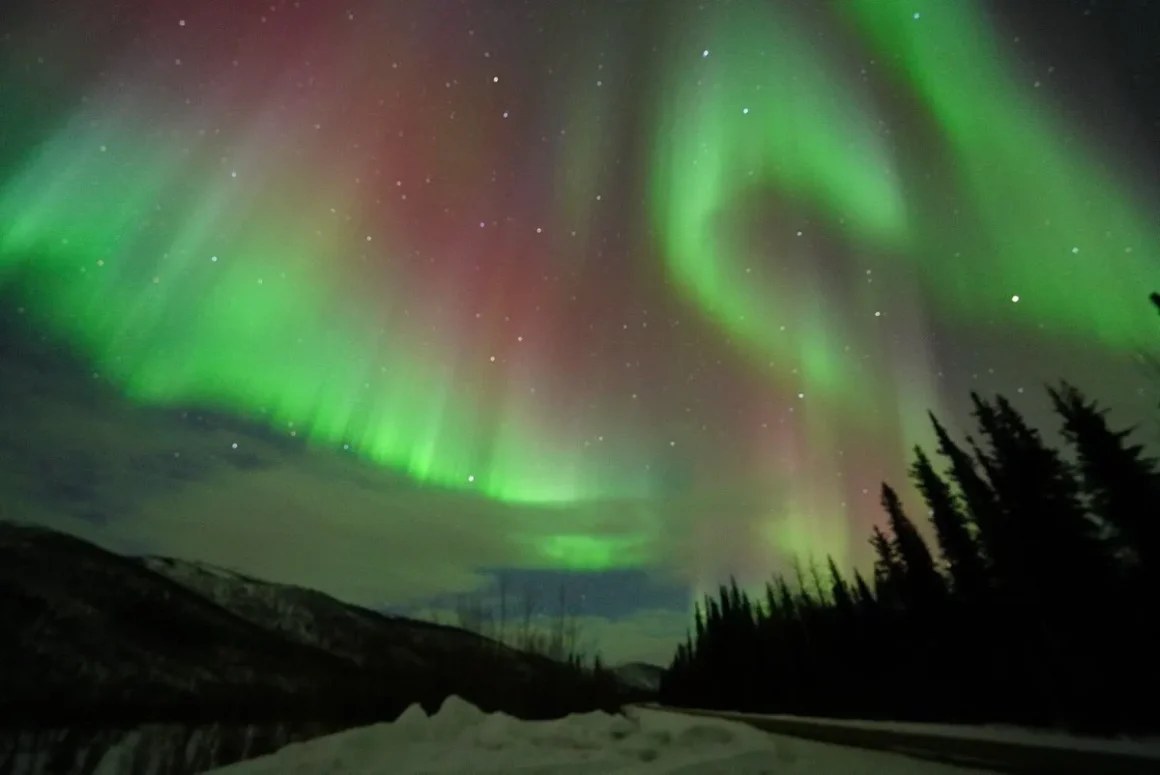
The Northern Lights, or Aurora Borealis, are one of the most magical phenomena you can witness. These ribbons of color dance across the polar skies, created by solar particles colliding with Earth’s magnetic field.
Best places to see them:
- Tromsø, Norway – A prime viewing spot with cozy arctic charm.
- Fairbanks, Alaska – Offers long, dark nights and clear skies.
- Abisko, Sweden – Known for having one of the most reliable viewing conditions in the world.
Pro tip: Go between September and March, away from city lights. Local guides often know the best real-time viewing spots.
3. Great Barrier Reef – Australia
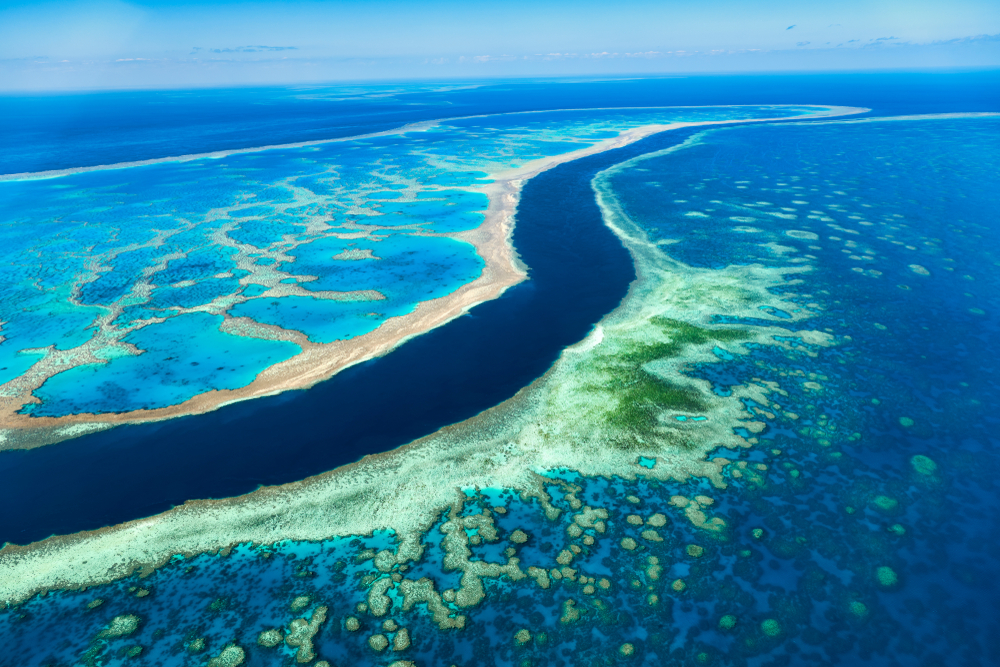
The Great Barrier Reef is the world’s largest coral reef system, stretching over 1,400 miles (2,300 km) along the northeast coast of Australia. It’s home to thousands of marine species and is so vast, it’s visible from space.
Why it’s extraordinary:
- Dive or snorkel among vibrant corals, sea turtles, manta rays, and reef sharks.
- Take a scenic flight over Heart Reef in the Whitsundays.
- Learn about conservation efforts and the reef’s fragile ecosystem.
📍 Best time to go: June to October for clear water and minimal jellyfish.
4. Victoria Falls – Zambia/Zimbabwe
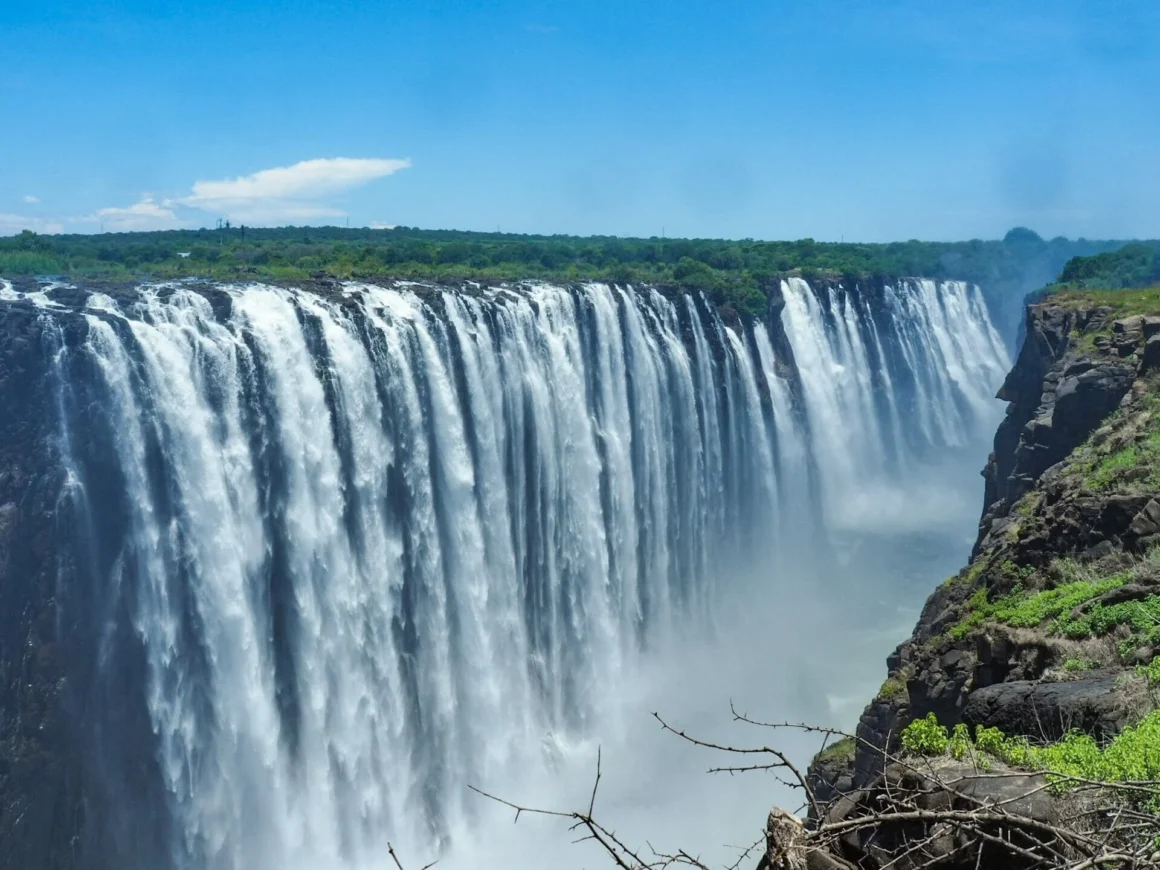
Known locally as Mosi-oa-Tunya, or “The Smoke That Thunders,” Victoria Falls is one of the largest and most powerful waterfalls on Earth. With a width of over 5,500 feet (1,700 meters), its roar can be heard from miles away.
Don’t miss:
- The Knife-Edge Bridge for jaw-dropping views.
- Devil’s Pool, a natural infinity pool right on the edge (for thrill-seekers).
- A scenic helicopter ride to see the falls from above.
📍 Best time to go: March to May, just after the rainy season, when the falls are at full force.
5. Mount Everest – Nepal/Tibet

The highest point on Earth, Mount Everest rises to a staggering 29,032 feet (8,848 meters). While summiting the mountain is reserved for elite climbers, the Everest Base Camp trek offers breathtaking Himalayan views and a cultural journey through Sherpa villages.
Why it’s bucket-list worthy:
- Trek through Sagarmatha National Park, a UNESCO World Heritage Site.
- Stay in teahouses and experience traditional Nepalese hospitality.
- See prayer flags, stupas, and panoramic views of some of the world’s tallest peaks.
📍 Best time to go: Pre-monsoon (April–May) or post-monsoon (October–November).
6. Salar de Uyuni – Bolivia

The Salar de Uyuni is the world’s largest salt flat, stretching over 4,000 square miles (10,000 sq km). It creates an endless, mirror-like surface during the rainy season, offering otherworldly landscapes unlike anything else on Earth.
What makes it unforgettable:
- Take surreal photos during the wet season, when the ground reflects the sky.
- Visit the Isla Incahuasi, a cactus-covered island in the middle of the flats.
- Stargaze at night—the lack of light pollution creates a galaxy-lit sky.
📍 Best time to go: December to April for the mirror effect; May to October for dry, expansive vistas.
7. Milford Sound – New Zealand
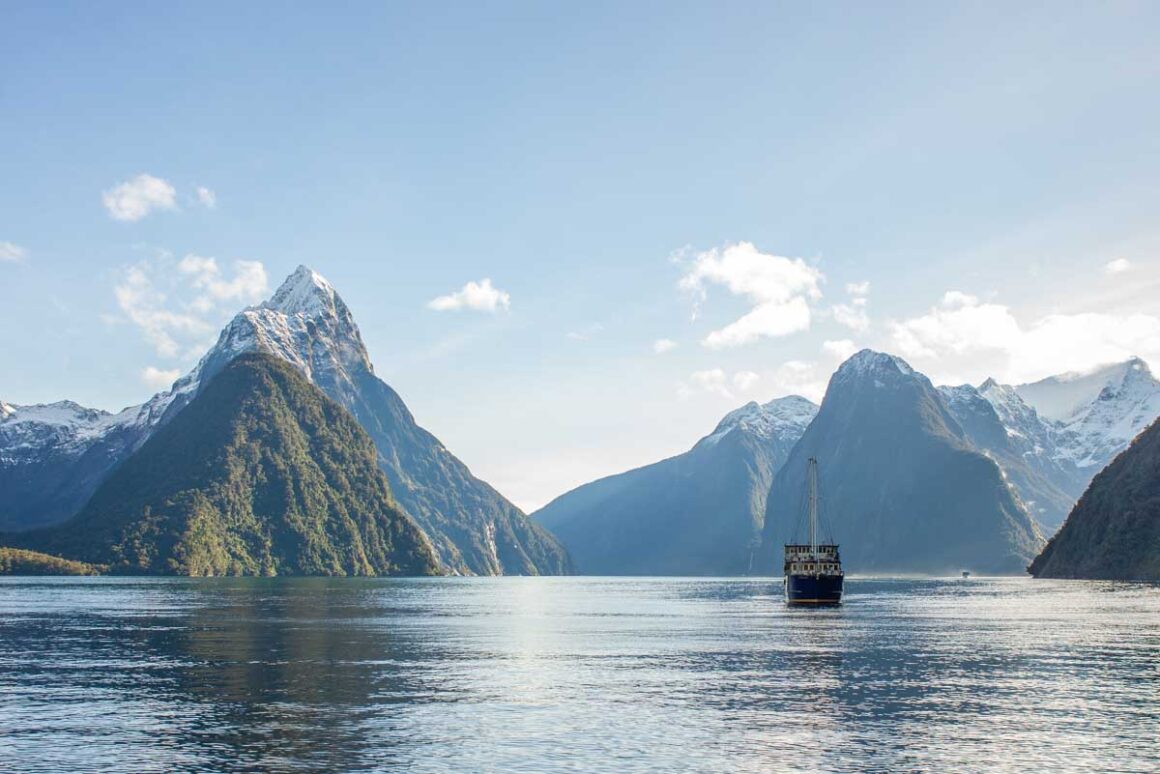
Described by Rudyard Kipling as the “eighth wonder of the world,” Milford Sound is a dramatic fjord on New Zealand’s South Island. Towering cliffs, cascading waterfalls, and rainforests meet deep blue waters in a landscape shaped by ancient glaciers.
Top experiences:
- Cruise through the sound for a close-up look at waterfalls like Stirling Falls.
- Kayak among dolphins and seals in the calm, misty waters.
- Drive the Milford Road, one of the most scenic routes in the world.
📍 Best time to go: Year-round. Rainfall adds to the mystical atmosphere with even more waterfalls.
Final Thoughts
From thunderous waterfalls and towering peaks to glowing skies and reflective salt flats, these seven natural wonders are more than just sights—they’re experiences that redefine your sense of scale, beauty, and connection to the Earth. Whether you’re hiking the Himalayas, diving a coral reef, or watching the sky light up in neon green, these places remind us of the planet’s raw, breathtaking power.
So go ahead—start planning. The world’s greatest wonders are out there, waiting to leave you in awe.



